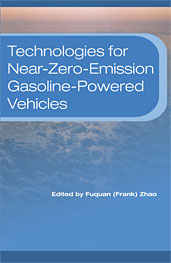Technical Paper
The Review of Vehicle Purchase Restriction in China
2020-04-14
2020-01-0972
In the past two decades, rapidly expanding economy in China led to burst in travel demand and pursuit of quality of life. It further promoted the rapid growth of China's passenger car market. China had already become the largest vehicle sales country, exceeding the U.S. in 2010. By the end of 2018, there had been over 240 million cars in China, with over 200 million passenger cars. The surge of car ownership has also brought a series of problems, like traffic congestion, long commuting time, insufficient parking space, etc. Therefore, some local governments in China introduced vehicle purchase restriction policies to control the growth and gross of vehicle stock. Different cities issued different rules. Lottery and auction mechanisms both exist. There are also differences in classification and licensing of electric vehicles. However, with the recent slowdown of economic development, China's car sales began to decline in 2018, and the trend of 2019 is also not optimistic.

